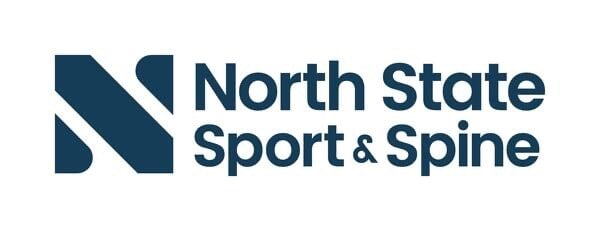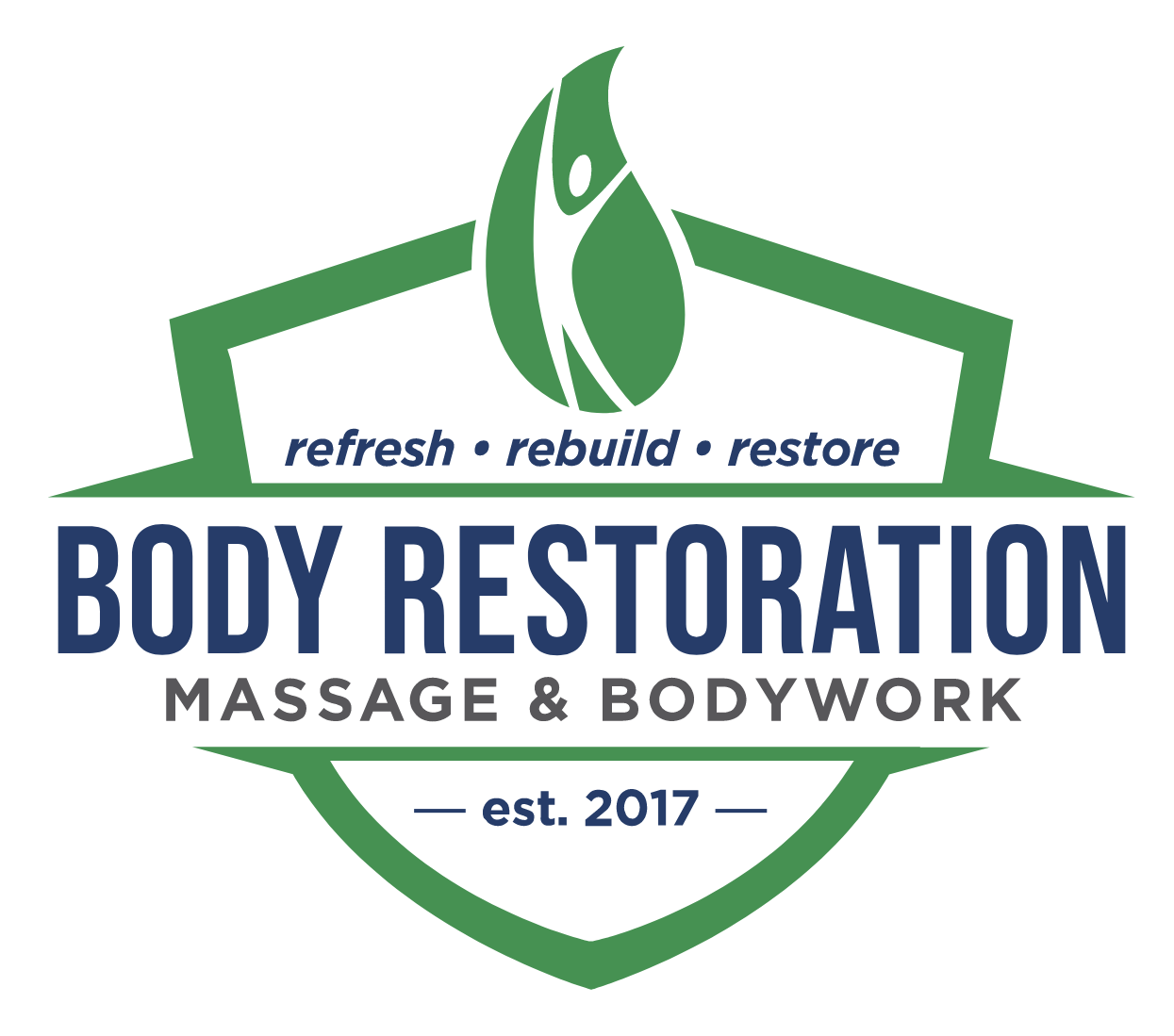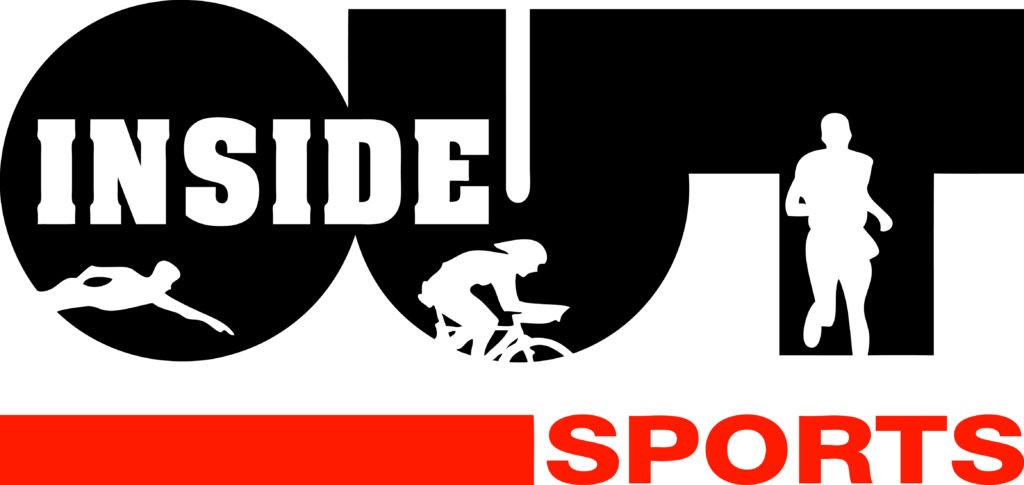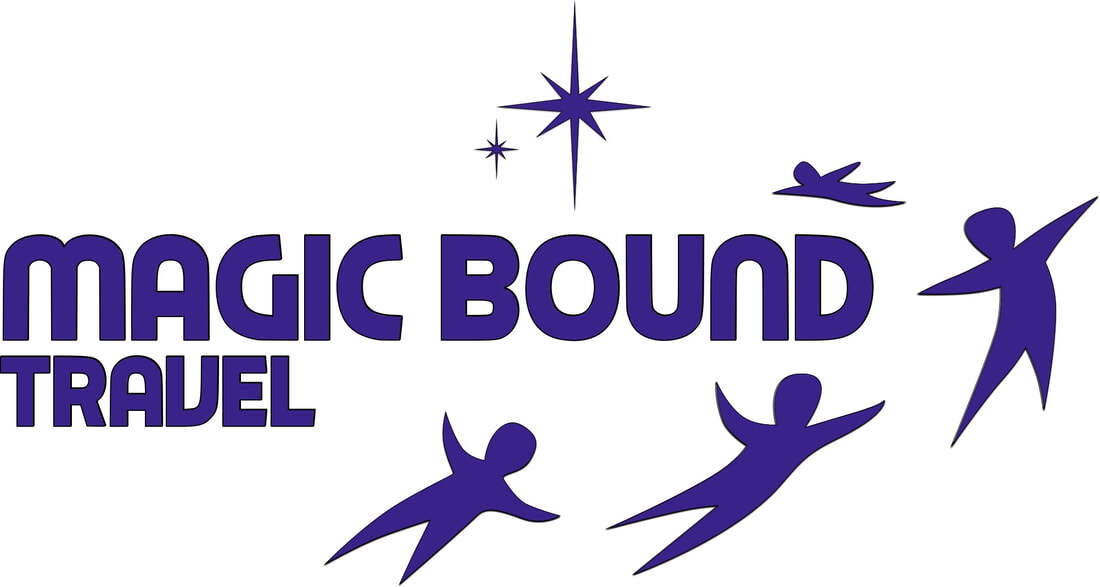Fitness. Community. Adventure.
:
Picture: NC Scenic Byway - US Hwy 276 Brevard, North Carolina
BEYOND THE FINISHLINE
Endurance training for a healthier, more adventurous and fulfilling life!
Where will your journey take you?
The journey of fitness often serves as a powerful catalyst for personal development, promoting a healthier lifestyle both mentally and physically. Endurance sports specifically push us out of our comfort zone to confront challenges and obstacles that encourage us to adapt, evolve, and ultimately achieve the growth and transformation we seek. This is precisely the discomfort and challenge needed to stimulate change.
Along the way, the friendships formed during this journey are often deep and lasting, as these shared goals and challenges foster a sense of camaraderie and mutual support. The landscapes discovered, whether through running trails, cycling scenic routes, or swimming beautiful waterways, offer a connection to nature that rejuvenates the spirit and provides a sense of peace and tranquility. Personal achievements, whether they are completing a marathon or simply sticking to a fitness routine, contribute to a more enriched and satisfying life, boosting self-esteem and confidence.
By prioritizing our health and well-being through sport and physical activities, we not only improve our own lives but also inspire those around us, generating a ripple effect of motivation and positivity that can transform communities.
So go ahead, step out of your comfort zone and into the extraordinary—the world awaits.
















-1.png)
“Everything should be made as simple as possible, but not simpler.”
- Albert Einstein
Science-based training focused on your goals and abilities, delivered through detailed instruction, consistent practice, and immediate feedback.
FEATURED POSTS
Mastering Cold Water Swimming: Tips for a Stronger Experience
Mastering Swimming Techniques: Insights from Tommy Zaferes
Understanding Heart Rate Zones for Endurance Training
Supported by these local businesses





